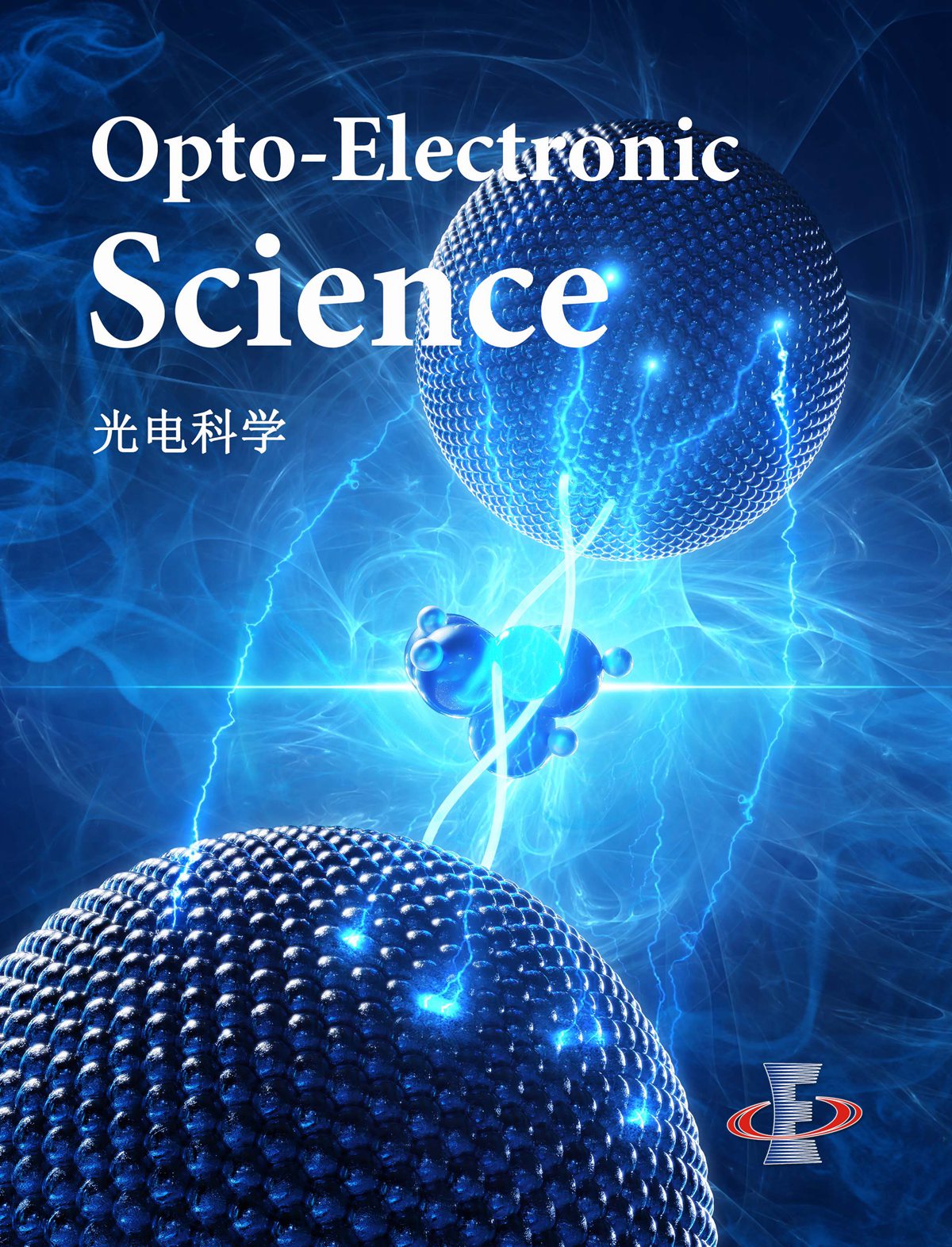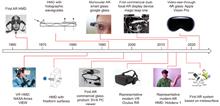 View fulltext
View fulltext
Virtual reality (VR) and augmented reality (AR) are revolutionizing our lives. Near-eye displays are crucial technologies for VR and AR. Despite the rapid advances in near-eye display technologies, there are still challenges such as large field of view, high resolution, high image quality, natural free 3D effect, and compact form factor. Great efforts have been devoted to striking a balance between visual performance and device compactness. While traditional optics are nearing their limitations in addressing these challenges, ultra-thin metasurface optics, with their high light-modulating capabilities, may present a promising solution. In this review, we first introduce VR and AR near-eye displays, and then briefly explain the working principles of light-modulating metasurfaces, review recent developments in metasurface devices geared toward near-eye display applications, delved into several advanced natural 3D near-eye display technologies based on metasurfaces, and finally discuss about the remaining challenges and future perspectives associated with metasurfaces for near-eye display applications.
Spatial light modulators, as dynamic flat-panel optical devices, have witnessed rapid development over the past two decades, concomitant with the advancements in micro- and opto-electronic integration technology. In particular, liquid-crystal spatial light modulator (LC-SLM) technologies have been regarded as versatile tools for generating arbitrary optical fields and tailoring all degrees of freedom beyond just phase and amplitude. These devices have gained significant interest in the nascent field of structured light in space and time, facilitated by their ease of use and real-time light manipulation, fueling both fundamental research and practical applications. Here we provide an overview of the key working principles of LC-SLMs and review the significant progress made to date in their deployment for various applications, covering topics as diverse as beam shaping and steering, holography, optical trapping and tweezers, measurement, wavefront coding, optical vortex, and quantum optics. Finally, we conclude with an outlook on the potential opportunities and technical challenges in this rapidly developing field.










